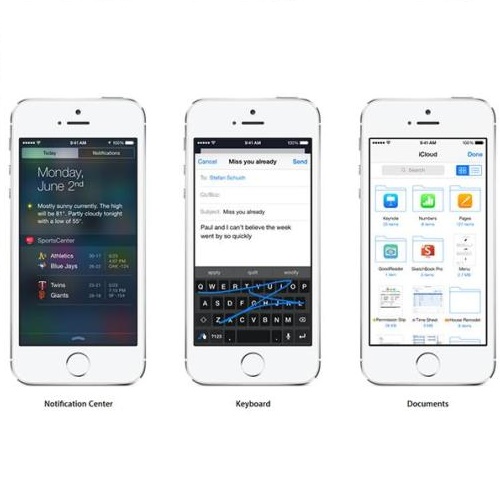Learned embeddings for products are an important building block for web-scale e-commerce recommendation systems. At Pinterest, we build a single set of product embeddings called ItemSage to provide relevant recommendations in all shopping use cases including user, image and search based recommendations. This approach has led to significant improvements in engagement and conversion metrics, while reducing both infrastructure and maintenance cost. While most prior work focuses on building product embeddings from features coming from a single modality, we introduce a transformer-based architecture capable of aggregating information from both text and image modalities and show that it significantly outperforms single modality baselines. We also utilize multi-task learning to make ItemSage optimized for several engagement types, leading to a candidate generation system that is efficient for all of the engagement objectives of the end-to-end recommendation system. Extensive offline experiments are conducted to illustrate the effectiveness of our approach and results from online A/B experiments show substantial gains in key business metrics (up to +7% gross merchandise value/user and +11% click volume).
翻译:产品嵌入技术是网络规模电子商务建议系统的重要基石。 有兴趣的是,我们建造了一套名为“项目Sage”的单一产品嵌入系统,在所有购物使用案例中提供相关建议,包括用户、图像和搜索建议。这一方法大大改进了参与和转换衡量标准,同时降低了基础设施和维护成本。虽然大多数先前的工作侧重于从单一模式的特征中建立产品嵌入系统,但我们采用了一个基于变压器的结构,能够汇集文本和图像模式的信息,并显示它大大优于单一模式基线。我们还利用多任务学习,使“项目Sage”系统优化了几种参与类型,从而形成一个对终端到终端建议系统的所有参与目标都有效的候选人生成系统。 进行了广泛的离线实验,以说明我们的方法的有效性以及在线A/B实验的结果显示,关键商业计量(达到7%的商品总值/用户和+11%的点击量)取得了巨大收益。




